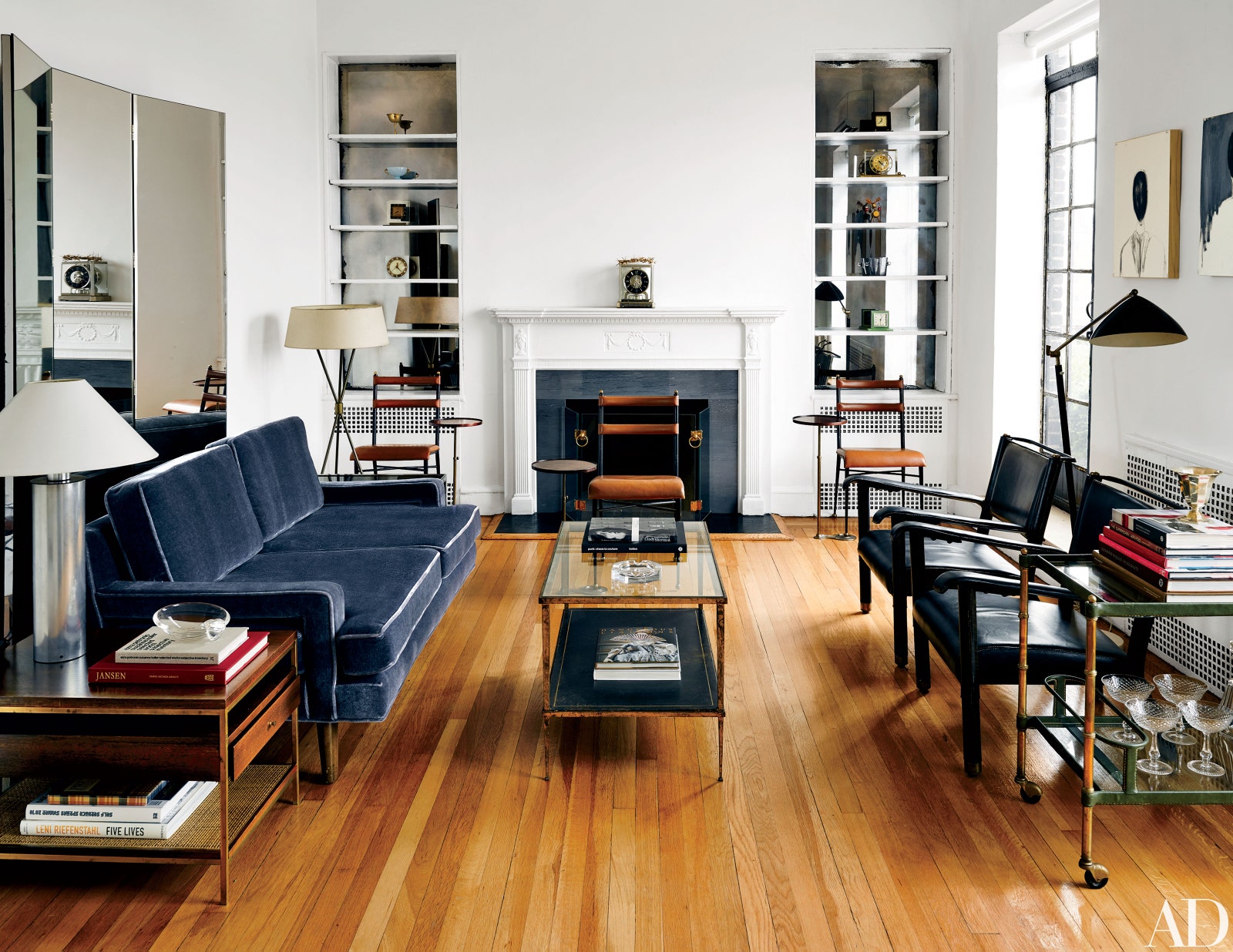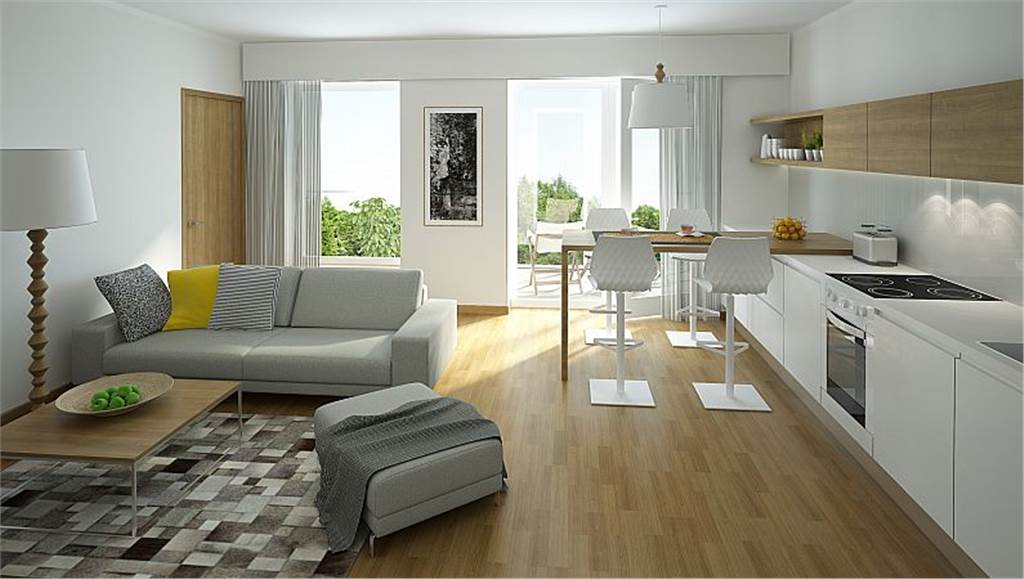In recent times, the hardwood flooring industry has witnessed an exponential global influx of demands from customers with varying commercial and housing projects. There is an expectation for this growth to project the industry to a financial benchmark of US$37.6 billion-plus, come 2025. The uniqueness of this flooring type lies in the fact that no two flooring panels feature the same design, texture, and pattern. Consequently, homes and offices spot different appearances tailored to other fundamentals of interior design. Additionally, having a wood floor installation promotes a close-to-natural experience for residents.
Understanding What Hardwood Floors Are

Surprisingly, natural wood flooring is not a new sensation, as it has been in existence for centuries, beginning in the 1600s. This era gave rise to flooring designs like marquetry floors and French parquetry flooring, which are hand-made woods with three-dimensional contrasting patterns accessible only to the wealthy and Royalty. Interestingly, a handful of these floors with less traffic has survived for more than eight centuries. At a later stage, European parquet flooring came into the scene and could be seen in several luxury homes in the United States; this gave rise to the Victorian era (1837-1901). Today, many homes all over the world rock this hardwood flooring, regardless of class or status.
Hardwood floors are finished products of dicot trees, such as sycamore, maples, and oaks – generally known as timbers. These woods have a complex internal network of xylem, vascular cambium, and phloem, making each wood unique. Furthermore, they have high densities, with Lignum Vitae (a type of hardwood) taking the top spot (1260kg/m³). Each wood specie comes with its peculiarity and properties – be it walnut, oak, cherry, maple, or hickory.
Types of Hardwood Species
Each wood specie comes with its uniqueness and can be installed based on the building layout, geographic features, and customer’s preferences. Some common species of hardwood include:
- Maple
- Oak
- Walnut
- Hickory
- Bamboo

Maple
When it boils down to versatility, maple holds a top spot in hardwood flooring. This hardwood is available in varying lighter colours and finishes. Its subtle, but appealing appearance makes it ideal for minimalistic home and office designs. Maple has a Janka rating of 1,450, making it highly resistant to wear and tear, especially in high foot traffic zones. Many traditional home designs favour the use of this wood. Nevertheless, it produces a modern look and tone using a matte finish.
Oak
Dubbed the king of hardwood floors, Oak comes in various style applications. This wood ages gracefully over time – thanks to its high durability property. It is not uncommon to discover that most of these breath-taking oak floors span more than two centuries, which many people attribute to class and luxury. Although not as hard as maple, oak panels are dense and highly resistant to scratches, owing to its Janka hardness of 1,350.
Walnut
This specie of wood embraces a rich, lustrous colour spectrum that ranges from dark brown or puce to black partly masked with purple tints. Walnut floors are ideal for areas with less traffic as they have a Janka hardness rating of 1010.
Hickory
Hickory hardwood stands out as one of the most durable wood flooring options in the industry; this implies that floors made from this type of wood have a higher tendency to last for several years, without showing signs of defect. Its rustic grain pattern makes it ideal for countryside residential settings.
Bamboo
Bamboo plants have a reputable tensile strength. In actuality, they are more reliable than steel. Bamboo floors are highly resistant to scratches, durable, and eco-friendly. This type of flooring is easy to maintain over long periods.
Properties of Hardwood Floors
The beauty and functionality of a home wood floor centre on the quality of the hardwood panels used. This quality stems from the wood’s properties, which includes the appearance, colour, grain, hardness, texture, moisture absorption, strength, toughness, elasticity, density, shrinkage and swelling, defects, wood warps, durability, abrasive resistance, surface soundness, and workability. Once these parameters are met, the wood can be ideally used to floor the interior of an apartment.
How to Install Hardwood Floors?

Installing a hardwood floor comes with a significant amount of preparation. Many flooring products come with user-guides that shows detailed installation steps. The property owner may also require the services of a professional flooring company to get outstanding results. However, DIY projects work fine as well, provided that the homeowner has the right tools and knowledge. Here are some steps to installing a hardwood floor, regardless of its specie.
Know Where to Place the Wood
Most sections of a home provide excellent installation spots for hardwood flooring, with exceptions to laundry rooms, bathrooms, and basements. Engineered woods work better in those places. A wood subfloor serves as an underlayment for the major hardwood installation.
Explore Several Installation Options
Each hardwood product has its unique installation technique which is included in the installation guide. Unlike engineered woods that are mostly installed using the floating method, solid wood panels can be glued, stapled or nailed with a nail gun.
Clear the Section
Hardwood installation requires a free space, which implies that furniture, wall baseboards, old floor panels, large appliances, rugs, carpets, and other obstructing items should go outside the room. Ensure that the subfloor layer is neat, dry, and even.
Acclimate the Wood
Acclimation is essential in hardwood flooring installation, be it plank flooring, strip flooring, or parquet flooring. The essence of acclimation is to place the moisture content (MC) level of the hardwood panel on par with its environment to prevent structural damage, shrinkage, or wood contraction and expansion. The wood panels sit in the empty room for up to five days as it adapts to the room’s humidity (30-50%) and temperature (60°-80° Fahrenheit). However, these specifications depend on location. For apartments with cooling and heating appliances, keep them running before, during, and after installation; this adjusts the wood MC to the living conditions within the room.
Install the Hardwood Panel

Once the wood has adapted to the new environment, it’s time to cut the wood according to the room dimension. A table or job saw makes the cutting process easier and faster. The use of each cutting saw depends on the position of the hardwood. Use circular saws for downward-facing hardwood panels and table, power mitre, or job saws for upward-facing wood panels. There are two methods to fastening cut boards to the subfloor, namely:
- Face nailing
- Blind nailing
Even though these methods are feasible with a hammer and some finishing nails, it is best to use a pneumatic floor stapler or nailer to prevent mistakes during installation.






